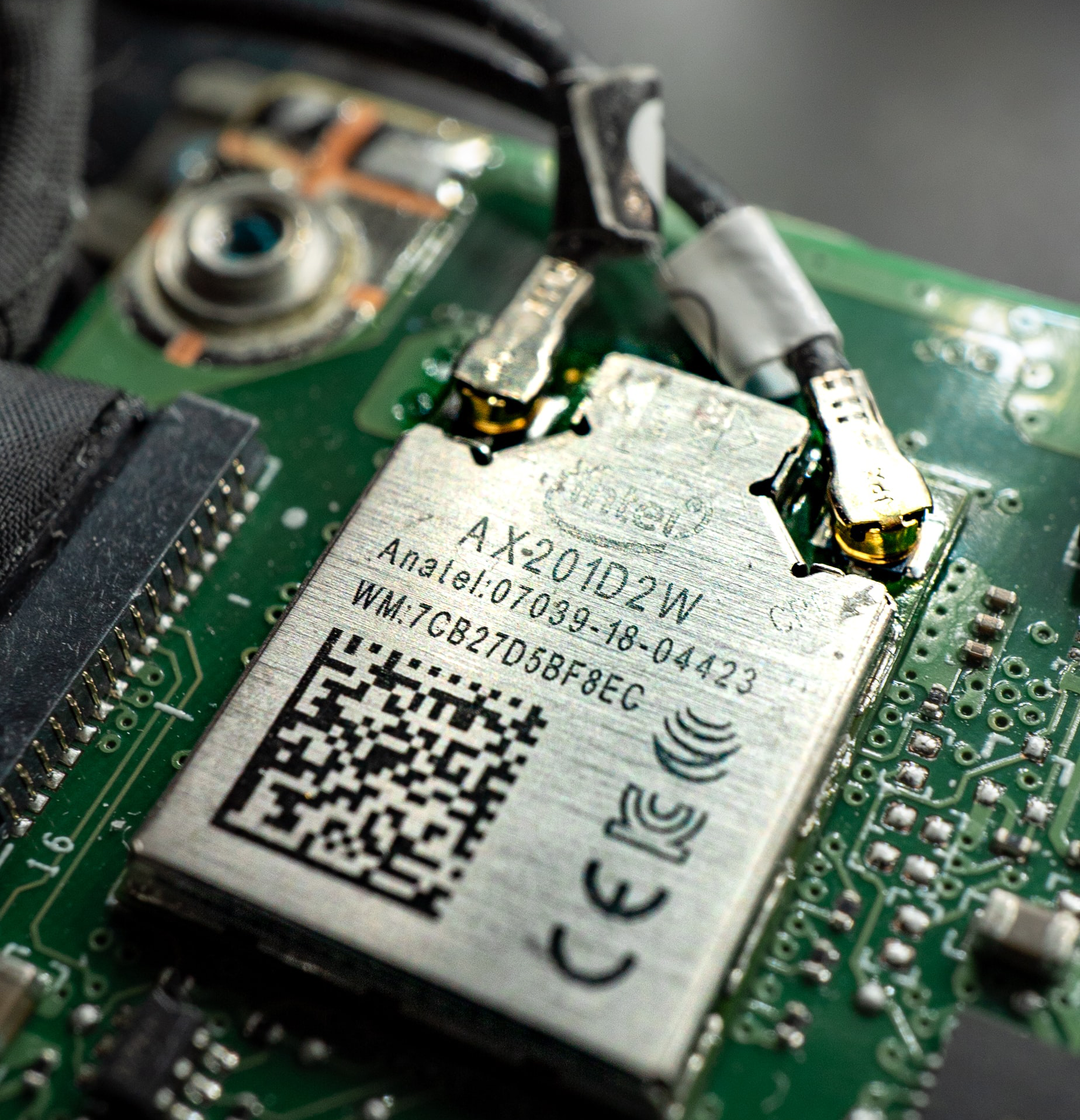Fixed wireless access (FWA) has been around for a long time. During that period, many technologies have been used to provide the “wireless” part of FWA. Wi-Fi is but one of many, albeit a popular one. But is it the best choice for wireless broadband?
One reason an operator might choose Wi-Fi is its pervasiveness. Wi-Fi chipsets are plentiful and commoditized. It’s easy to find Wi-Fi equipment that is branded as intended for fixed wireless. Wi-Fi has also been around for over twenty years. It’s mature and well understood. Wi-Fi is used everywhere, from operator networks to malls to residential homes and apartment buildings. The latest version, Wi-Fi 6, as the name implies, represents the sixth major generation of the standard.
These are common rationales for operators considering Wi-Fi when they need wireless technology to do a job. But is it a good reason to use Wi-Fi for FWA?
Why We Don’t Have Wheelbarrows Full of Pennies

One reason people don’t pay with pennies is because, although there are lots of coins in circulation, they’re not the most efficient way to pay. Likewise, although there is a lot of fixed wireless equipment using Wi-Fi, that doesn’t mean it’s the best tool for the job. One way to think about this is the origins of Wi-Fi. Wi-Fi was designed for local area networks (LANs). These are typically indoor networks where client devices are fairly close to the AP, like you’d find in a business or a residential home.
LAN vs. WAN
This is very different from fixed wireless which is a wide area network (WAN) application. WAN networks typically operate outdoors and at very long distances. Quite simply, Wi-Fi wasn’t built for WANs. The way the protocol was designed, how Wi-Fi APs and clients communicate, all of this was built with an entirely different set of design principles and rules.
One example of the difference is in how Wi-Fi devices decide when to transmit. With the Wi-Fi protocol, if a device “sees” another device transmitting it will wait and try again. It does this in order to avoid over-the-air collisions of competing transmissions. This mechanism is known as carrier sense, multiple access/collision avoidance (CSMA/CA) and it works reasonably well in an indoor environment where there are relatively few APs nearby.
The benefit of CSMA/CA degrades when moved outdoors. Many APs can be mounted on the same tower, much closer to each other than a typical enterprise environment. But it doesn’t stop there. Most businesses and homes have their own Wi-Fi networks and those follow the same rule for avoidance. With that many networks competing for the same airtime, collisions are unavoidable. 802.11 and CSMA/CA simply weren’t designed to solve the problem of interference on such a large scale for WANs or, by the same logic, fixed wireless.
How important is interference? A recent study showed Wi-Fi networks can suffer up to 97% degradation when a nearby non-Wi-Fi device occupies the same RF frequency.
G1 is Designed to Conquer Interference
Unlike Wi-Fi which attempts to “work around” or mitigate interference using CSMA/CA and the use of directional antennas, G1 uses sophisticated hardware and software to cancel out the impact of interference entirely. This, combined with coordinated transmissions means G1 delivers performance levels similar to licensed bands even in unlicensed RF spectrum.
This is one of many reasons why the engineers at Tarana took a fresh approach to G1 which is designed specifically to deliver next-generation fixed wireless access. Just having the ability to operate wirelessly doesn’t mean a technology is a good fit for FWA. Rather than rely on a LAN protocol such as CSMA/CA, G1 uses powerful interference cancellation techniques like asynchronous burst interference cancellation to eliminate the effect of nearby Wi-Fi devices. This prevents over-the-air collisions that can degrade wireless performance. G1 transmission is compatible with WAN technologies such as LTE and uses GPS synchronization to further minimize interference for the crispest possible signal.
This discussion just scratches the surface of this topic. Join us next time when we’ll dive a bit deeper into Wi-Fi and G1. You can also read more about two important tools used by G1: ABIC and beamforming in previous blogs.
If you just can’t wait to learn more, check out our other blogs or some of our favorite customer links. Or reach out to us at info@taranawireless.com. We’d love to hear from you.


